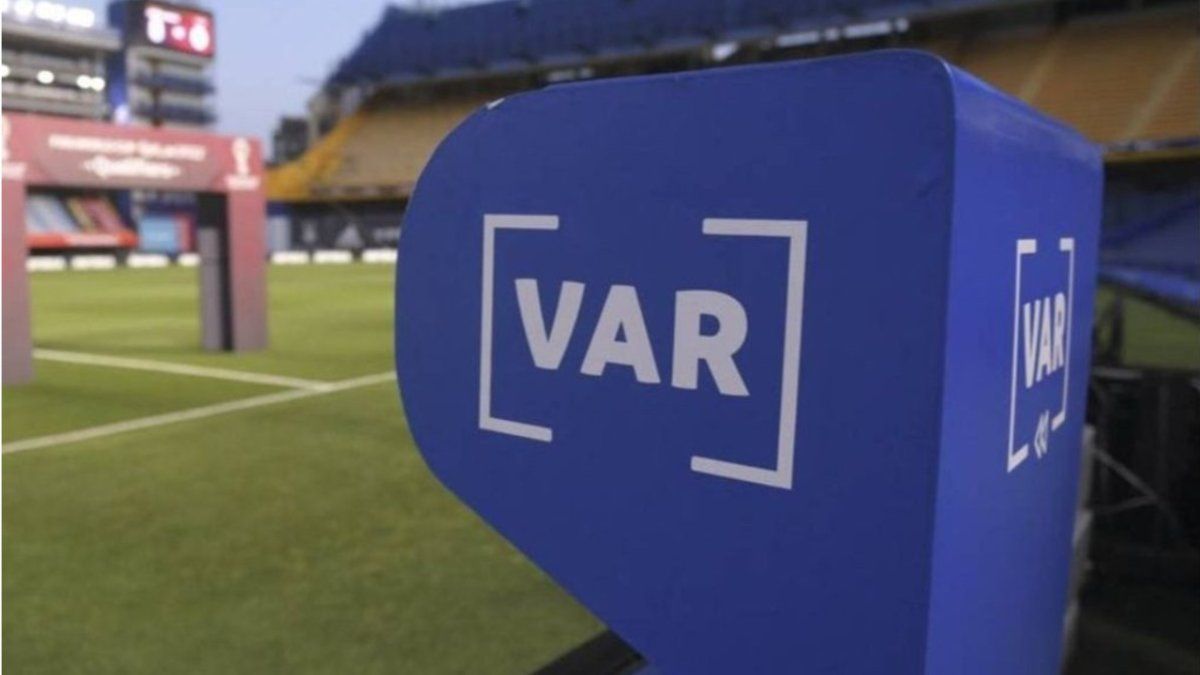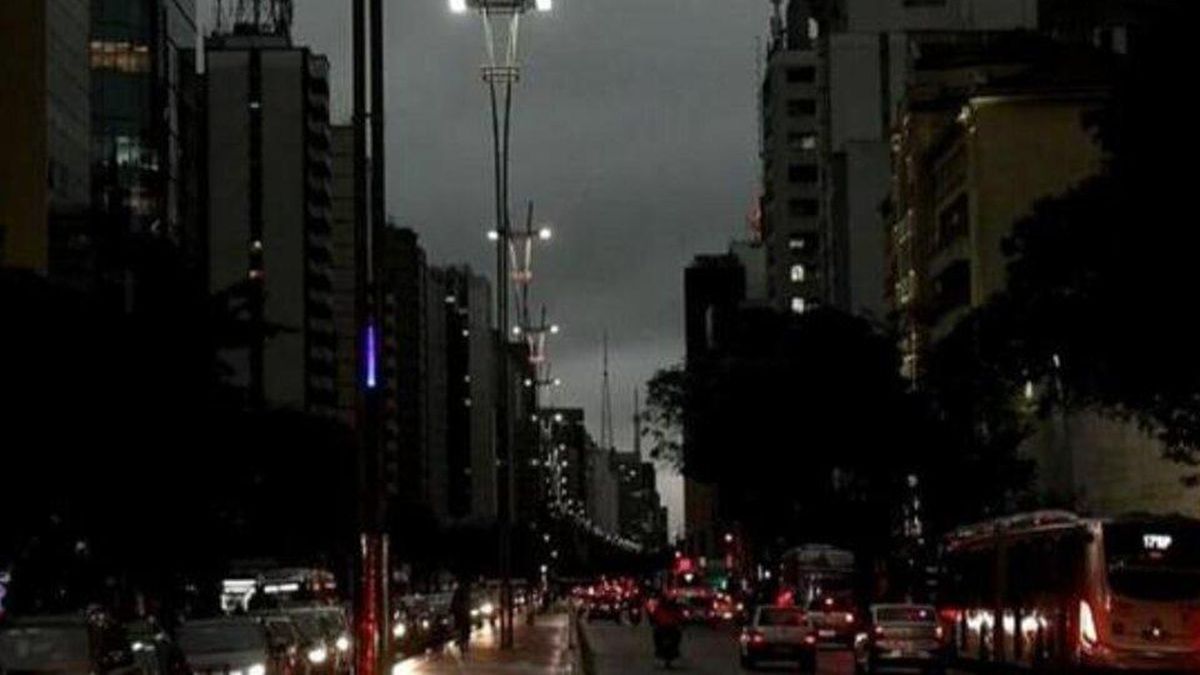The FIFA will introduce the Football Video Support (FVS), a new technological tool what promises optimize referee decision making in football. Scheduled to be implemented in July 2025, this innovation will coexist with the current VARbut seeks to be a cheaper and more accessible alternative for federations with fewer resources.
The creation of the FVS responds to the need to democratize access to arbitration technologies in football. According to Miguel Ángel Scimeformer referee and director of the Argentine Institute of Arbitration Training (IAF), less than half of FIFA member associations use VAR due to its high cost.
“Of the 110 associations, only 50 use itand of them, only 22 have the simplified VAR. The FVS was created to help emerging countries and minor divisions, such as Primera B in Argentina,” he explained.
The FVS will reduce costs by using between 4 and 5 cameras, eliminating the figure of the VAR referee and his assistants. Instead, an operator will manage the images, and the on-field referee will decide after reviewing the replays.
How the FVS will work
Unlike the VAR, the FVS will allow technicians to directly request the review of controversial plays. The process will include the following steps:
- The coach notifies the fourth referee.
- The head referee reviews the images on a screen at the side of the field.
- If the referee’s decision coincides with the coach’s request, he retains his two opportunities to complain. If not, you lose one of them.
This model, inspired by other sports like tenniswill seek to reduce unnecessary interruptions and encourage more strategic use of the system. But will not replace the VARbut will work as a parallel option.
Each federation will decide which system to use according to its needs. In countries like Argentina, where VAR is already used in the Professional League and the League Cupthe FVS could be implemented in tournaments such as the Argentine Cupwhere current technology is not available.
FIFA began testing the system in 2023 in international youth competitions, such as the U-20 and U-17 Women’s World Cupin addition to the FIFA/Blue Stars Youth Cup in Zurich. The results were positive, demonstrating that this tool can be effective in contexts where traditional VAR is unfeasible.
The scope of VAR
Since its introduction in 2018, VAR has improved the accuracy of refereeing decisions, but has also generated controversy. According to Scime, the problem lies in misuse and lack of understanding of the original protocol: “The VAR was designed to correct clear, obvious and manifest errors, or unseen violent behavior. However, it began to look for minutiae that end up distorting its purpose.”
The former referee also highlighted the importance of differentiate the skills required for field referees and VAR referees: “Not all good referees on the field are suitable to operate the VAR. They are different roles that require specific training.”
The FVS represents a step towards more inclusive and efficient arbitration. By combining technological simplicity with strategic decisions, andThis tool has the potential to transform the football landscape in regions where VAR has not been able to be implemented.
FIFA, in collaboration with the IFABwill formalize the protocols at a meeting in December 2024, with the Final approval expected in March 2025. If everything goes according to plan, International football will have this new tool starting in July of that same year, marking a new stage in the modernization of the sport.
Source: Ambito
I am an author and journalist who has worked in the entertainment industry for over a decade. I currently work as a news editor at a major news website, and my focus is on covering the latest trends in entertainment. I also write occasional pieces for other outlets, and have authored two books about the entertainment industry.




